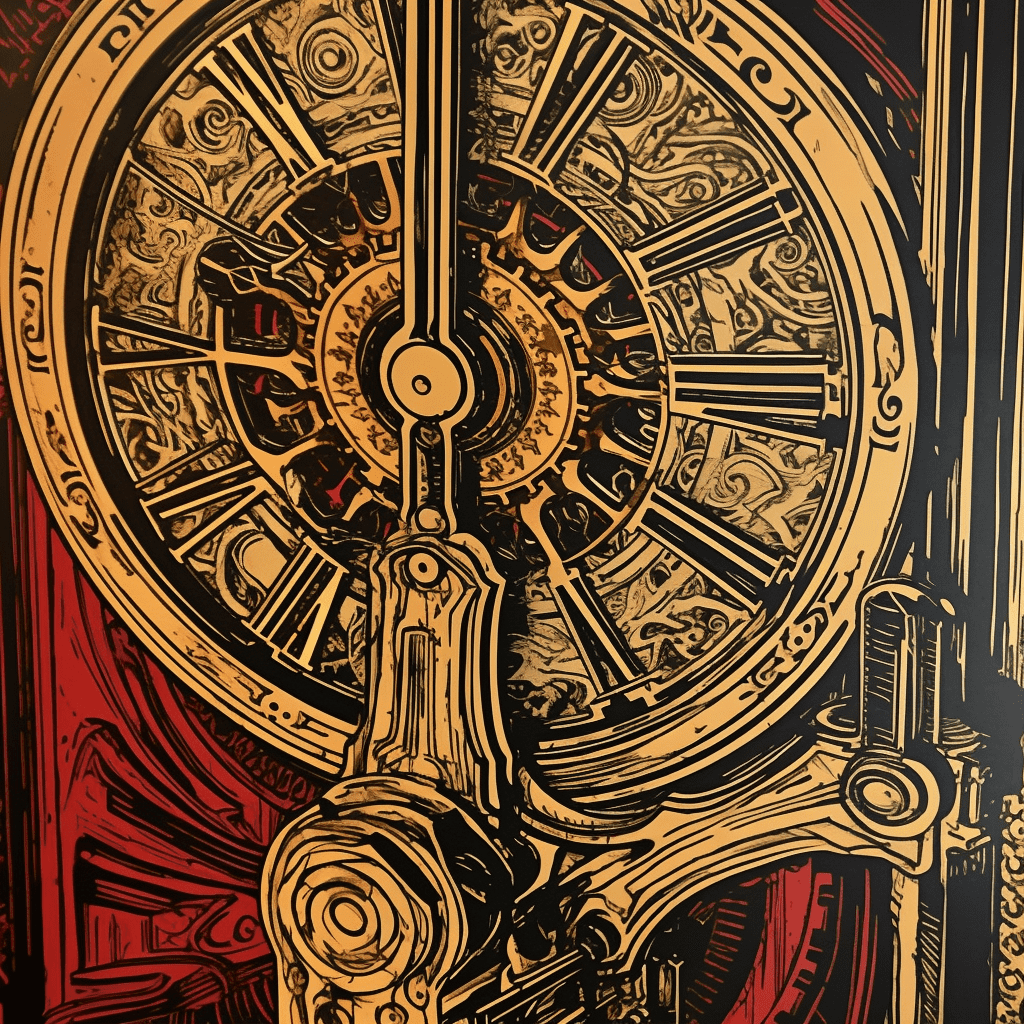How Do Grandfather Clocks Work?
Grandfather clocks are majestic and captivating timepieces that have been cherished for centuries. These beautiful clocks are known for their tall cases, pendulum swinging back and forth, and soothing chimes. But have you ever wondered how they actually work? In this article, we will dive into the fascinating inner mechanisms of a grandfather clock and explain the interesting process behind their timeless operation.
1. The Pendulum Keeps Time
At the heart of a grandfather clock lies the pendulum, which swings back and forth with a constant rhythm. The length of the pendulum determines the clock’s rate of ticking. A longer pendulum swings more slowly, resulting in a slower ticking sound, while a shorter pendulum swings faster, creating a faster ticking sound. The pendulum’s motion is regulated by a device called an escapement, which ensures a consistent tick-tock motion.
2. The Weight-Driven Mechanism
Unlike modern clocks that are battery-powered or use electrical movements, grandfather clocks function using weights and a system of gears. These weights provide the energy needed to drive the clock’s movements. Typically, there are three weights present in a grandfather clock: one for the hour strike, one for the timekeeping mechanism, and one for the chime melodies.
3. The Power Train and Gears
The power from the weights is transferred to a series of gears through a chain or cable mechanism. These gears work together to distribute the energy and control the different functions of the clock. One gear interacts with the pendulum, regulating its swing, while another gear controls the striking mechanism for the hourly chimes. The intricate arrangement of gears ensures that each part of the clock works harmoniously to keep time.
4. The Escapement Mechanism
As mentioned earlier, the escapement mechanism plays a vital role in the accurate timekeeping of the grandfather clock. It consists of a pendulum and an anchor. The anchor has two pallets that engage with the teeth of an escape wheel, allowing the wheel to move forward and release the tooth at each swing of the pendulum. This action pushes the clock’s hands forward incrementally, creating the ticking sound we associate with grandfather clocks.
5. The Chimes and Strikes
One of the distinguishing features of a grandfather clock is its chimes. The chime melodies are produced by hammers striking a series of tuned rods or bells. The striking mechanism is synced with the clock’s movement to ensure that the chimes align with the correct time. The number and sequence of chimes vary depending on the clock, with popular options including Westminster, Whittington, and St. Michael melodies.
6. Winding the Clock
To keep the clock running accurately, it needs to be regularly wound. The weights that provide the energy gradually descend as time passes. By winding the clock, you raise the weights back to their starting position, thus ensuring continuous operation. Typically, winding is done with a crank or a key that fits into designated openings in the clock case.
7. Maintenance and Care
Grandfather clocks are not only intricate but also require proper maintenance. Regular care includes periodically cleaning and oiling the gears, checking the pendulum swing, and ensuring the weights are properly positioned. It’s essential to consult the clock’s instruction manual or seek professional assistance for any specific maintenance requirements.
In Conclusion
Grandfather clocks are a marvelous combination of artistry and precise engineering. Their functioning relies on pendulum motion, weight-driven mechanisms, gears, escapements, and striking mechanisms. The harmonious collaboration of these components results in the comforting tick-tock sound and enchanting chimes that have delighted countless generations. So, next time you admire a grandfather clock, you can appreciate the intricate workings that bring this timeless timepiece to life.












